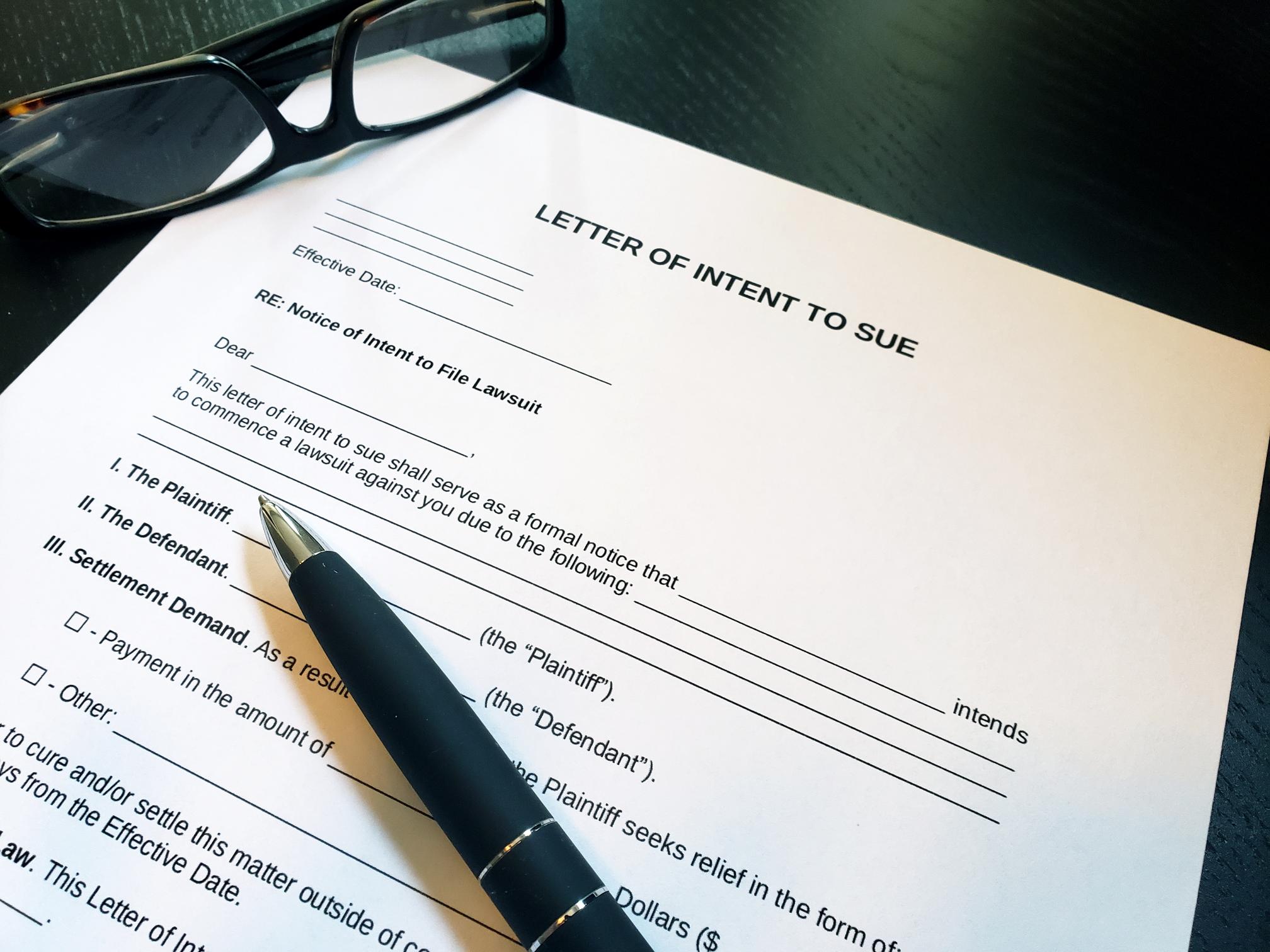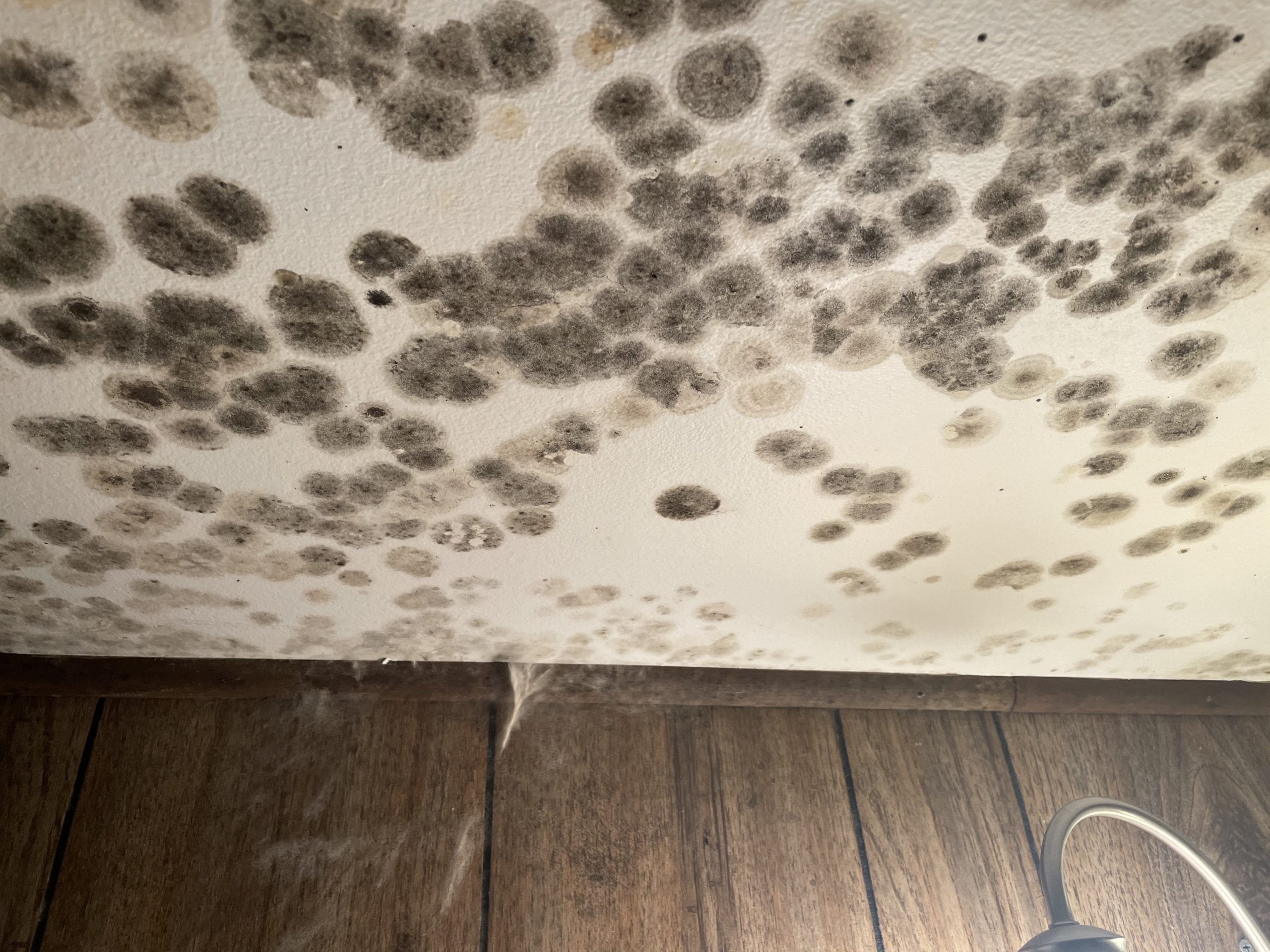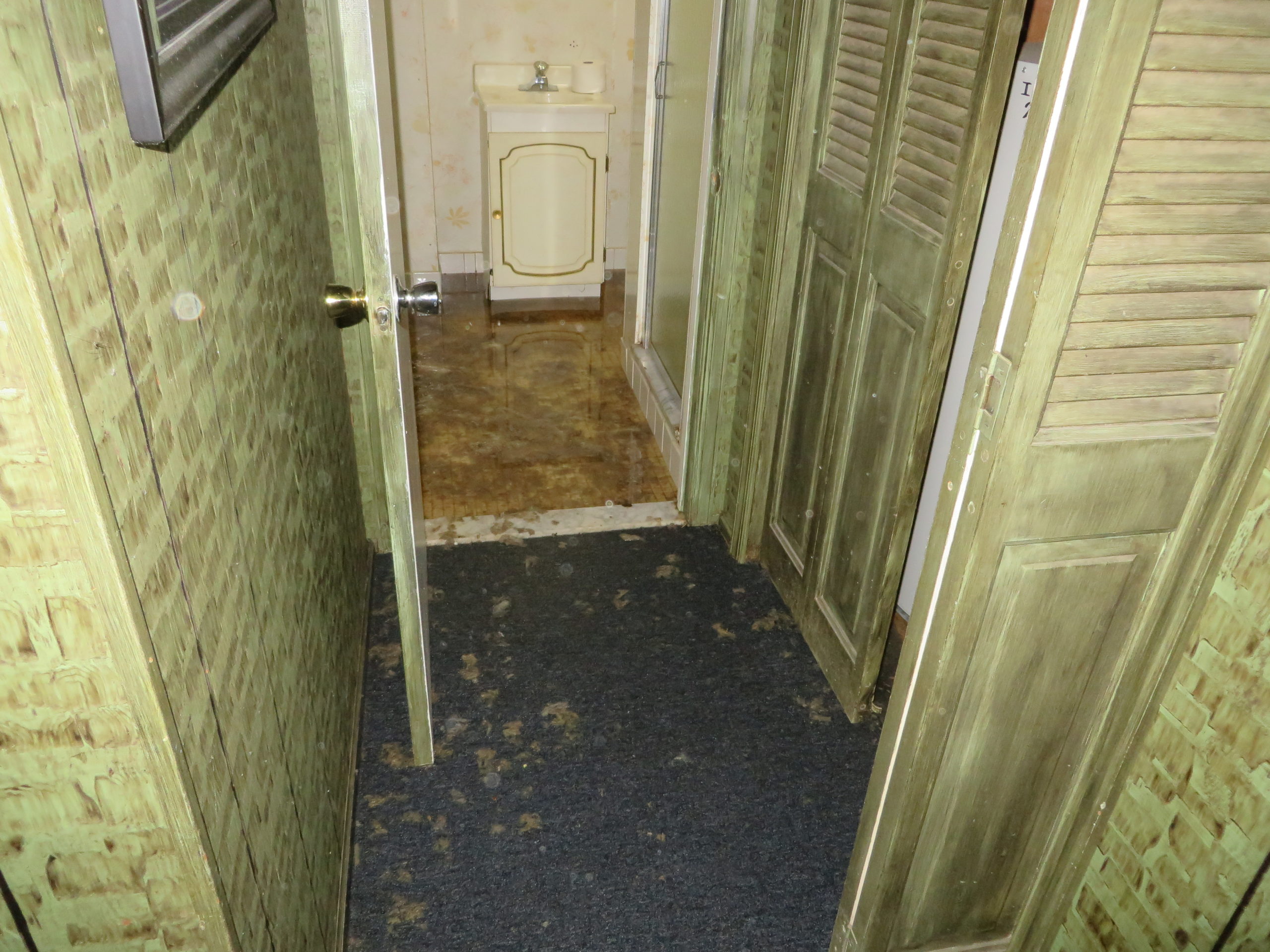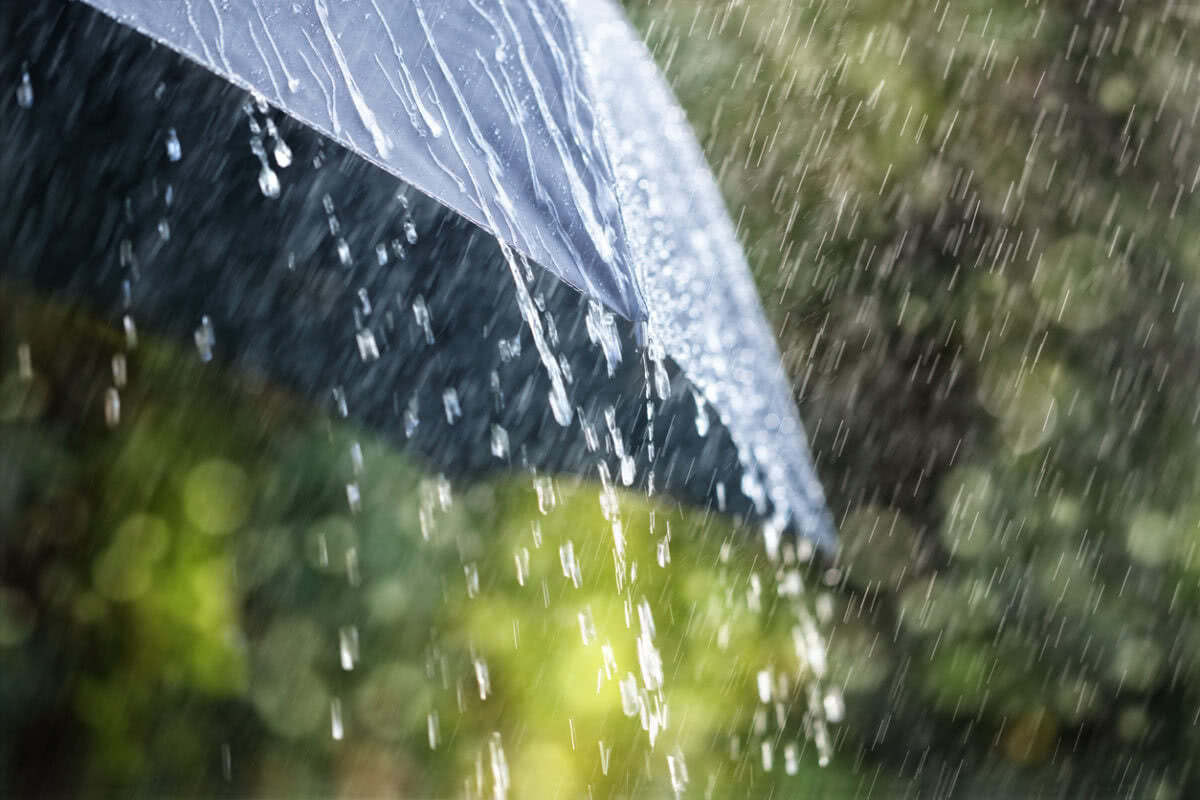Almost all fires produce char, ash or soots in varying amounts. Char consists of irregular shaped fragments of combusted material that are greater than one micron in size. A trained microscopist is able to identify char using a light microscope, and differing fuel sources will produce char particles with different morphologies. The IESO standard focuses on non-reflective, dark particles, and does not allow for differentiation between char or other particles that might emulate this condition, such as rust or darkened paint. Ash particles consist of fuel material that has had almost all of the organic material burned away, leaving inorganic remnants that are often crystalline. The IESO standard does not consider the presence or absence of ash. Soot particles are smaller particles (typically 10 – 50 nm) formed from incompletely combusted, volatile fuel material, and considered a secondary indicator of fire residue. Soot particles may darken the surface of a wipe sample and they can cluster to form agglomerates as large as 1 mm. A trained analyst using appropriate light microscopy is able to identify soot and differentiate it from dirt or char particles. If a primary indicator (char) is present, the standard does not require analysis of a secondary indicator (soot).
Sampling
Sampling for fire-related particle material on HVAC interior surfaces can be performed in the same manner as surface sampling for mold. “Clear” or “Crystal Clear” 3/4-inch wide and 2-inch long transparent tape is pressed down on a relatively smooth area that is likely to have deposited char or soot particles. Do not use frosted tapes. Alternatively, a small piece of colorless fragrance free cellulosic or synthetic wipe can be used to sample an area of approximately 100 cm2.
Laboratory Analysis
The laboratory will use light microscopy techniques such as stereo, polarized light and dark field microscopy to detect the presence of fire-related particles. The method described in the standard is not designed to provide identification of individual char particles or to determine the source of the burnt material. However, the standard does encourage additional testing methodology to provide insight as to source and association of these particles.








